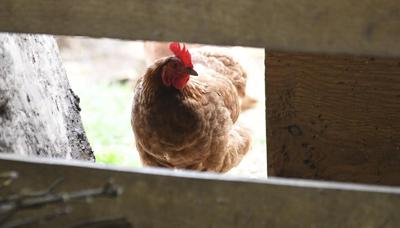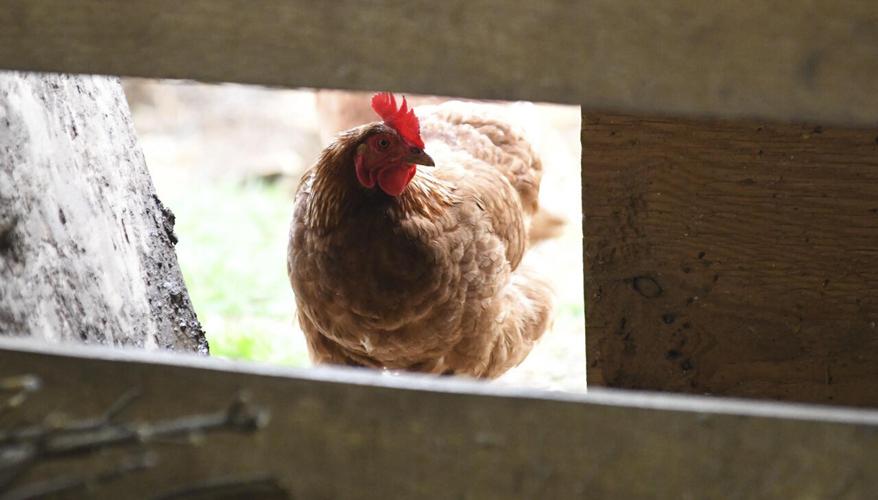LOUISVILLE, Ky. (WDRB) -- The state of Indiana is calling this season’s bird flu outbreak the biggest animal health emergency in its history.
The virus, primarily spread by migratory birds, is making its way through both Indiana and Kentucky, raising concerns for wildlife and the poultry industry.
Many of the sandhill cranes, geese, and ducks seen migrating north are potentially carrying the bird flu virus. Dr. Christine Casey, the wildlife veterinarian with the Kentucky Department of Fish and Wildlife, explains the role wild birds play in the spread of the virus.
"Wild birds do carry high-path avian influenza and are the main reservoir for avian influenza," Casey said. "As these birds move from state to state, they bring the virus with them. So this is where it's, I think it's confusing people because waterfowl are the natural reservoir for all the circulating viruses."
Kentucky officials have been tracking cases of bird flu, with the virus already suspected in 12 counties, and tests pending in eight more. The outbreak has followed a pattern seen in other states.
"Tennessee called us the week before and said, 'Hey, we just had a die-off in sandhill cranes.' A week later, sandhill cranes are here in Kentucky and dying," said Casey.
Indiana is also seeing the effects. Just last week, a flock of 20 sandhill cranes was found dead, victims of the bird flu.
While wild birds introduce the virus, the spread to commercial poultry farms is more complex. Casey notes that human activity also plays a role in perpetuating infections.
"Sometimes the continued infections on farms come from contamination introduced by humans — whether on the bottom of shoes, contaminated equipment, or moving sick birds around," she explained.
Indiana has confirmed bird flu infections on 12 farms, with devastating consequences. Denise Derrer Spears, public information director for the Indiana State Board of Animal Health, detailed the scale of losses.
"Since the first of this year, we’ve lost a little over 6.5 million birds," Spears said.
Indiana is the third-largest egg producer in the country, with about 35 million egg-laying chickens. In late January, Rose Acre Farms in Seymour lost 2.6 million chickens to the virus. This month, another 3.5 million chickens were put down in Jay County, Indiana.
These losses have contributed to a rise in egg prices, something consumers have noticed at grocery stores.
"Every individual case is an emergency. This is considered a high-consequence disease, meaning all hands on deck for response," said Spears.
The poultry industry has been battling bird flu for nearly three years. While a vaccine has been approved, Indiana farms are not currently using it.
"That vaccination is a tricky question," Spears explained. "USDA has announced they’ve approved a vaccine — it was just approved within the last few days. However, its use is a policy decision tied to international trade. Just because a product is on the market doesn’t mean it can be used widely."
As Indiana and Kentucky continue to track and respond to the outbreak, officials are urging poultry farmers to take extra precautions to prevent further spread.
Related Stories:
- 10 Kentucky counties report bird flu cases as experts urge caution
- 2.8 million chickens threatened in southern Indiana amid bird flu outbreak at Seymour farm
- Egg producer confirms bird flu, deaths at its Seymour, Indiana, farm
- Egg prices are soaring. Don't expect that to change anytime soon
- Avian flu puts Indiana poultry farmers on high alert
Copyright 2025 WDRB Media. All Rights Reserved.














